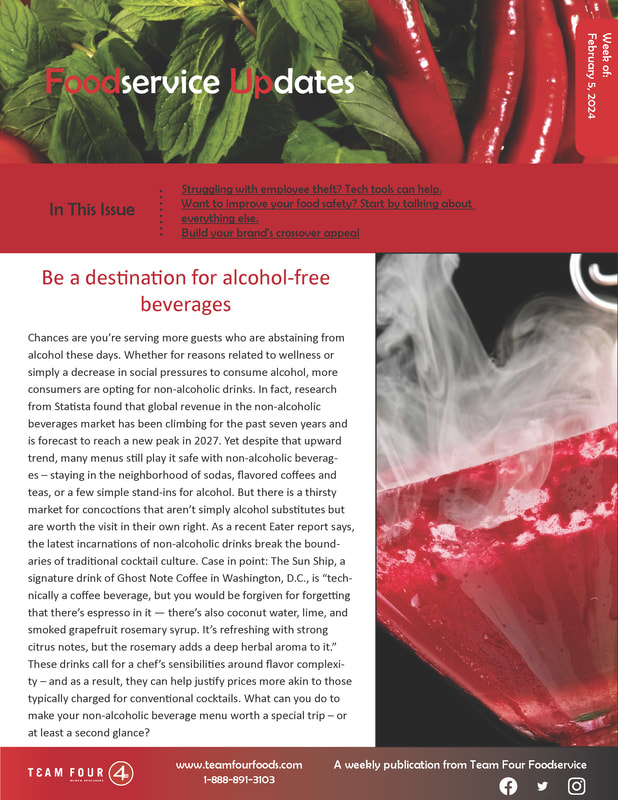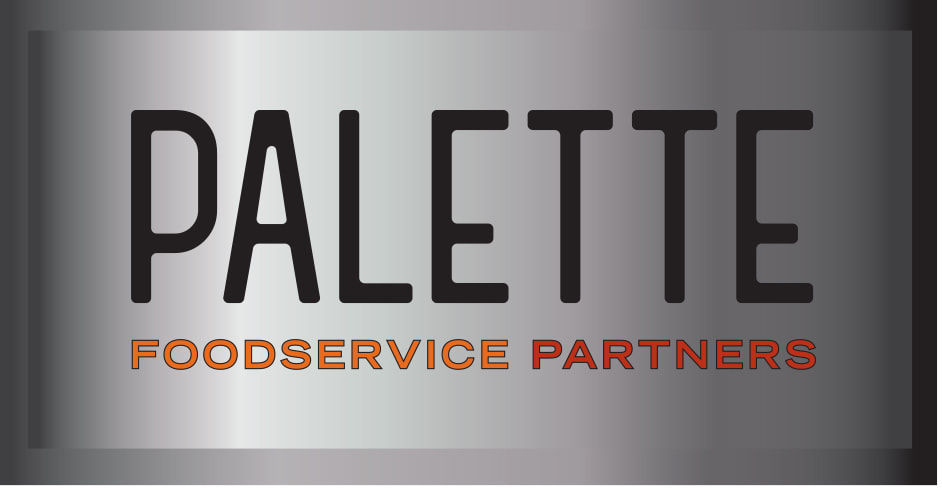 Artificial intelligence is already proving its potential to help restaurants fine-tune their brands — largely by creating the kinds of experiences that specific guests crave. You may already be using AI algorithms to analyze guests’ order histories and preferences to provide targeted food recommendations, but the technology’s capabilities expand beyond that. Do you have guests who ask a lot of questions about your menu or otherwise need help landing on a dish? AI voice-enabled assistants can give guests information about a dish’s ingredients and nutritional value, as well as help guests select meals — easing the burden on staff and likely speeding ordering times. Upon a guest’s arrival at your restaurant, it can greet a repeat guest by name, remember their favorite table, and suggest menu items or specials they are apt to enjoy. Expect to see AI play a larger role in building the ambiance of restaurants too — by suggesting music and lighting based on your guest data, or offering immersive dining experiences through virtual or augmented reality. On the service side, an AI chatbot on your app or website can help you make your ordering more accurate and also respond to customer service enquiries at any hour of the day. When guests leave reviews, AI can screen their input and pull out key insights you can use to improve your experience. Some of AI’s benefits still feel futuristic, and the earliest adopters are bound to hit snags along the way, but it’s worth paying attention to how the technology is moving the needle on the experience and service a business provides. Consumer expectations are bound to shift as a result.  What technology makes the most sense for you adopt in your restaurant? Much of it depends on your service category and your guests’ attitudes about using tech, according to new research published by the National Restaurant Association. In the association’s first post-pandemic research about technology integration in restaurants, it found that while three-quarters of operators say using technology gives them a competitive edge, many still see opportunities to do more with it. While some tech that makes perfect sense in a quick-service setting would feel out of place in a fine dining restaurant, a universal theme came through in the research: Guests across the board like technology that facilitates ordering and payment – whether that happens via a smartphone app or a tablet at the table. If you can identify bottlenecks in this area and resolve them in ways that are intuitive for your guest demographic, this could be a helpful place to focus future tech investment. It may help you capitalize on the final interactions you have with guests before they collect their order from you or leave your restaurant after a meal. When their experience is smooth, they are primed to join your loyalty program, leave a positive online review, or share photos of their experience with friends. Does your existing tech provide an easy and positive final interaction with a guest?  We eat with our eyes – or at the very least, the images we see of a dish have more power to sway our ordering choices than the text descriptions we read. In fact, Grubhub found that including professional photos in your menu can increase your sales by 30 percent. Even if you don’t want to overload your menu with images, there are many places beyond your menu where images can drive sales – on your website, in app-based communications to guests, in social media posts. And as generative AI continues to improve, it’s becoming easier for restaurants to generate accurate, quality images of menu items – all with just a series of text prompts. Two startups are making it possible for restaurants to do just this. Hackernoon reports that Lunchbox collaborated with OpenAI to launch a food photo generator, and SWIPEBY has a text-to-photo tool that generates food photos based on menu descriptions. It will likely take a few tries, but you may be able to create a close likeness of the profitable dishes you want to promote by simply describing their ingredients and appearance to these tools. |
Subscribe to our newsletterArchives
April 2024
Categories
All
|



 RSS Feed
RSS Feed